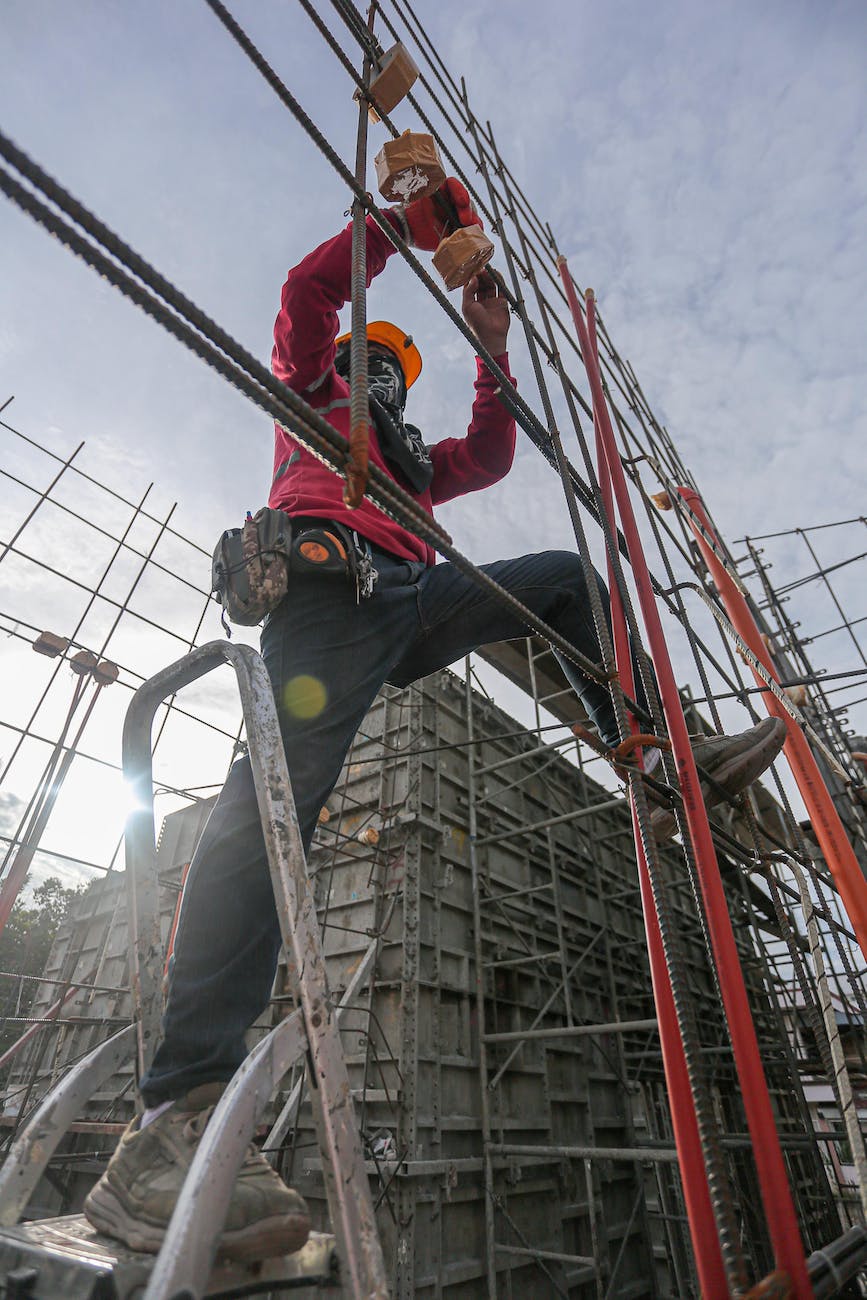
Ladder Safety: Inspection and Proper Use
Introduction
Ladders are common tools in various industries and households, but their improper use can lead to accidents and injuries. This article provides a comprehensive guide to ladder safety, emphasizing the importance of regular inspections and proper usage to prevent accidents and promote a safe working environment.
Understanding the Risks of Improper Ladder Use
- Common Causes of Ladder Accidents
- Incorrect Placement: Placing the ladder on uneven surfaces or unstable ground.
- Overreaching: Stretching beyond a ladder’s reach, causing imbalance.
- Defective Ladders: Using damaged or faulty ladders increases the risk of accidents.
- Potential Injuries
- Falls: The most common injury is falling from a ladder due to slips or instability.
- Impact Injuries: Falling objects or improper dismounting can lead to impact injuries.
- Muscle Strains: Overreaching or incorrect posture can cause muscle strains.
Ladder Inspection: A Crucial Safety Measure
- Regular Inspection Schedule
- Before Each Use: Inspect the ladder before each use to identify visible defects.
- Periodic Checks: Conduct more thorough inspections periodically to assess structural integrity.
- Key Inspection Points
- Rungs and Steps: Ensure all rungs and steps are intact, without cracks or signs of wear.
- Hardware Stability: Check bolts, screws, and hinges for tightness and proper function.
- Safety Labels: Ensure all safety labels and instructions are visible and legible.
- Overall Structural Integrity: Assess the ladder for any bent or damaged components.
- Proactive Maintenance
- Prompt Repairs: Address any issues promptly, repairing or replacing damaged parts.
- Cleaning: Keep the ladder clean from debris and substances that may compromise its stability.
Proper Use of Ladders: Essential Guidelines
- Choosing the Right Ladder
- Appropriate Height: Select a ladder with the appropriate height for the task, avoiding the need to overreach.
- Weight Capacity: Ensure the ladder’s weight capacity exceeds the combined weight of the user and tools.
- Setting Up the Ladder Correctly
- Stable Base: Place the ladder on a stable and level surface to prevent tipping.
- Secure Positioning: Use ladder levelers or stabilizers to ensure stability on uneven ground.
- Climbing Safely
- Three-Point Contact: Maintain three points of contact (two hands and one foot or two feet and one hand) while climbing.
- Face the Ladder: Always face the ladder when climbing up or down.
- Avoiding Overreaching
- Maintain Center of Gravity: Keep your body centered between the side rails to avoid tipping.
- Reposition Instead: If a task requires reaching, reposition the ladder instead of overextending.
- Tool and Material Handling
- Tool Belt Usage: Use a tool belt to carry tools, keeping both hands free for climbing.
- Limit Loads: Avoid carrying heavy or bulky items that may compromise balance.
Training and Awareness Programs
- Employee Training
- Ladder Safety Training: Provide comprehensive training on the safe use of ladders.
- Identifying Hazards: Train employees to identify potential hazards and address them proactively.
- Promoting Awareness
- Visual Guides: Display visual guides on proper ladder usage and safety precautions.
- Regular Reminders: Use safety meetings and communication channels to regularly remind employees of ladder safety practices.
Conclusion
Ladder safety is a crucial aspect of workplace and home safety. Regular inspections, proper usage, and comprehensive training programs are integral to preventing accidents and ensuring a secure environment for individuals working with ladders. By following these guidelines, organizations can promote a culture of safety and reduce the risk of ladder-related incidents.
Occupational Health Surveillance: Monitoring and Preventing Work-Related Health Issues
Energy Sector Safety Engineering: Challenges and Solutions in Oil, Gas, and Renewable Energy
Safety Data Analytics: Leveraging Big Data for Proactive Risk Management
Process Hazard Analysis (PHA): Methodologies and Applications for Safety Engineers
Transportation Safety Engineering: Ensuring Safe Operations in the Transportation Sector
Frequently Asked Questions (FAQs)
- Why is ladder safety important?
- Ladder safety is essential to prevent accidents and injuries caused by common issues such as incorrect placement, overreaching, and defective ladders.
- How often should ladders be inspected?
- Ladders should be inspected before each use for visible defects and periodically for a more thorough assessment of structural integrity.
- What are the key points to inspect on a ladder?
- Key inspection points include rungs and steps, hardware stability, safety labels, and overall structural integrity.
- What are the essential guidelines for proper ladder use?
- Guidelines include choosing the right ladder, setting it up correctly, climbing safely, avoiding overreaching, and handling tools and materials with care.
- Why is employee training important for ladder safety?
- Employee training ensures that individuals are knowledgeable about ladder safety practices, can identify potential hazards, and follow proper usage guidelines.
























